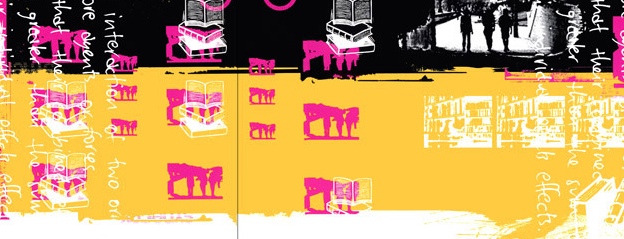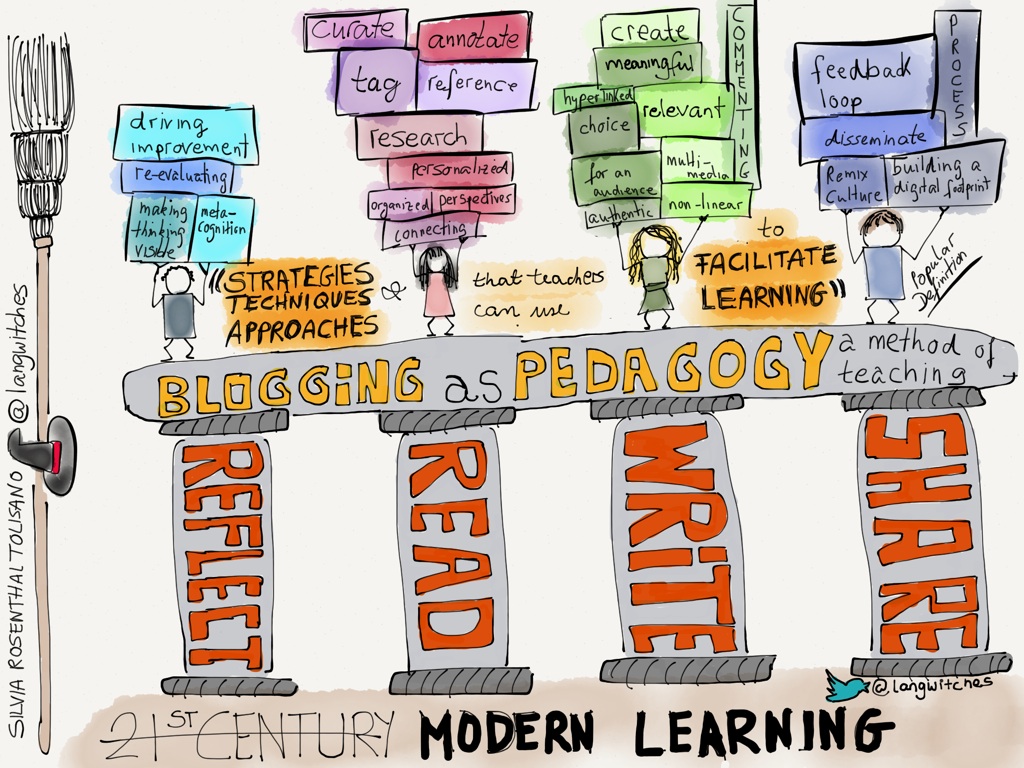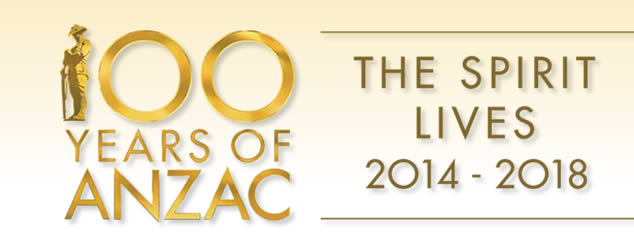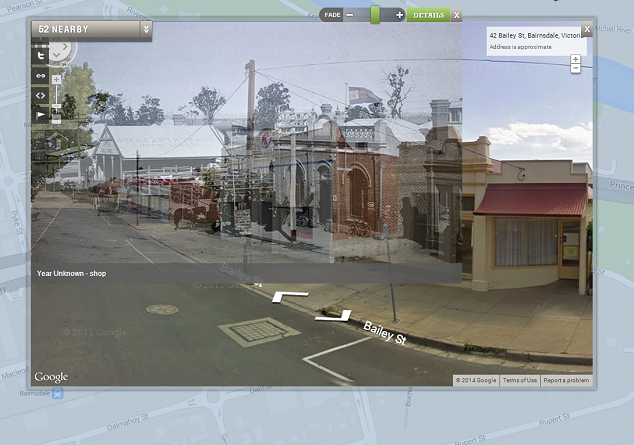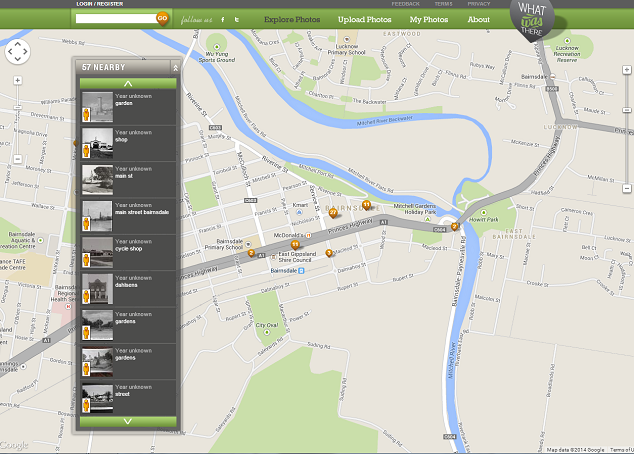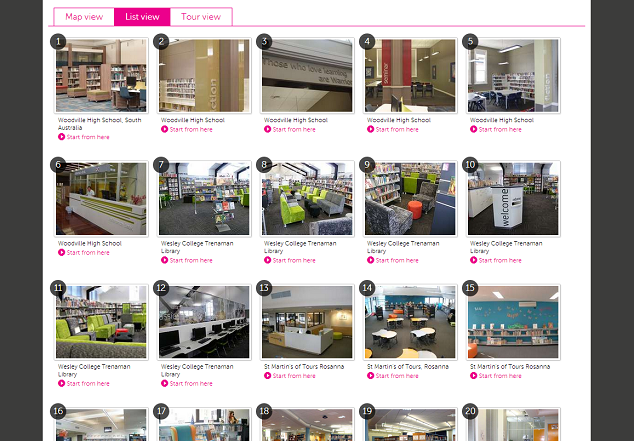The journal Synergy, published by the School Library Association of Victoria (SLAV) began life as a paper journal in 2003. It is a partially refereed professional journal with a focus on the wider world of education and best practice in school librarianship. Edited by Dr Susan La Marca, it is published twice a year.
In 2009 Synergy moved online, but was closed, only accessible to members of the association. But this year brings change – as of May 27th the back issues of the journal have been made available to anyone. The current issue remains for members only (you can see the contents) and it will be moved to open access as each new edition is published. SLAV has made the decision to open access to back issues of Synergy because it believes in a culture of collegiality and knowledge dissemination.
Synergy website is http://www.slav.vic.edu.au/synergy/
Synergy has published some wonderful articles during its 10 year history. They largely reflect Australian school library research and practice written by experienced practitioners, but also include a global perspective. Professor Ross Todd and Dr Carol Gordon – Rutgers University, USA have been generous contributors over the years, sharing best practice and innovative ideas.
A sample of articles now available online are:
- Where are the girls? The gender digital divide and professional IT -Janice Todd
- Flexible Learning Spaces and the Majlis – Andrea Cooney
- Policy Formulation and Practical Implementation Problems: Kwazulu-Natal, School Library Policy, South Africa – Dr Mariana Du Toit
- The whole-school library is open – Pru Mitchell
- 21st century learning in The Lilley Centre – Cathy Oxley
- This is not a blame game – Professor Steven Dinham
- Shaping resources to support the Australian Curriculum – Deborah Cohen
- A state of evolution: The changing nature of school library services – Camilla Elliott
- What is a digital footprint and why would you want one? – Jenny Luca
- Moving from learning to read to reading to learn – Sue Thomson
- A journey to iCentre thinking – Anne Whisken
- Beginning a dialogue about how teacher-librarians advocate for the profession: Implications of a national survey – Ann Ewbank
- Contemporary (Digital) Literacy of Preps – Daphne C. Cohen
- Collaborators or Competitors?: The Roles of School Libraries, Classroom Libraries, Teachers and Teacher-librarians in Literacy Development – Sue Reynolds and Mary Carroll
- iCentre’s Virtual Dimension – One School Library’s Use of Digital Spaces – Anne Whisken
- Changes in Student Attitudes Towards 6 Dimensions of Digital Engagement in a Program of Game Design Learning – Dr Rebecca Reynolds
- School Library to Learning Commons: Planning the journey – Camilla Elliott
- Seven Stories, the National Centre for Children’s Books – Kathryn Row
- Is The Library Important? Multivariate Studies at the National and International Level – Stephen Krashen, Syying Lee & Jeff McQuillan
- e-Readers: Enhancing Boys’ Reading Experience – Elizabeth Avery
- Now media: How to value the useful rather than the new – Professor Tara Brabazon
- Digital badging: Capturing evidence of learning – Kristin Fontichiaro
- Setting up a school library in Zambia – Elsemieke Wishart
- Library learning spaces: Data gathering to inform – Anne Whisken
- Social media and Web 2.0: Teacher-librarians, risk and inequity – Dr Mandy Lupton
- Embracing social media in the classroom – are we in or out? – Tania Sheko
- QR codes and orientation – Catherine Farrell
- What we hold in our hands: Teacher-librarian, Knowledge Manager – Karen Gilbert
- School libraries, teacher-librarians and literacy at Gold Coast schools: Research findings – Dr Hilary Hughes, Toni Leigh, Marj Osborne, Sally Fraser, Chris Kahl, Helen Reynolds
Synergy also reviews professional publications in the field of school librarianship in a dedicated reviews section in each edition.
School Library Association of Victoria leaders hope making Synergy accessible is useful to the broader community of school librarianship. They welcome your feedback on the journal and the move to open access. Contributions of future content are always welcome.

